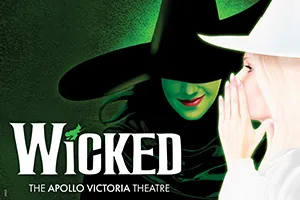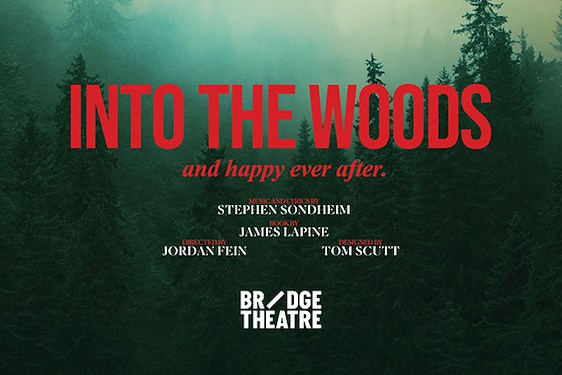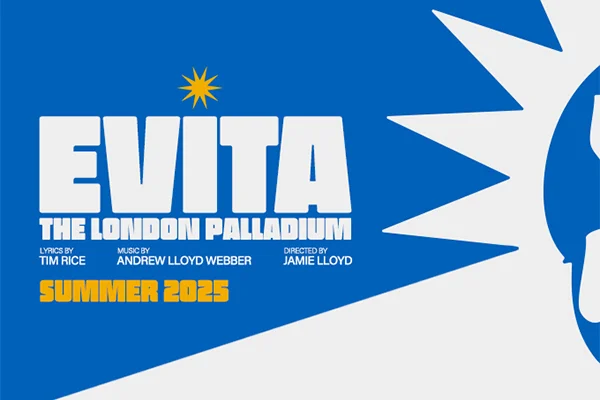Building an IKEA wardrobe is probably a challenge at any time. Doing it while a war rages around you adds yet another dimension to the task, but you can see how it’s done in DNA Studio's latest immersive show, RTFM (Read The F***ing Manual), at Greenside @ Riddles Court, directed by Dor Frenkel.
Structurally the play is far simpler than the IKEA manual
Structurally the play is far simpler than the IKEA manual. Olivia (Helena Harrison) and David (Philip Honeywell) enlist the help and advice of numerous audience members throughout the show, making it immersive and participatory. It opens with people helping them arrange the flatpacks on the floor before the battle to open them up commences. Once the contents are revealed they too have to be arranged ready for the sequenced assemblage. David discovers the manual and immediately casts it aside, but Olivia reclaims it; his disregard for its advice is balanced by Olivia’s devotion to following it to the letter.
She unearths the plastic bag of nails, screws and wooden plugs. She is compelled to place them in groups, count them out and then hand each of the different types to an audience member for safe-keeping until they are needed. Meanwhile, the wardrobe is taking shape under David’s expert eye and the big moment comes when the back has to be nailed on. Olivia gathers the nails, of which there are 47. One of the comic highlights ensues as everybody becomes involved in the debate about whether it’s really necessary to use all of them and if not how many can you get away with banging in to ensure the rigidity of the structure. Sweden might be a democratic country but extending its political philosophy to flat-pack construction is not a good idea.
The serious side of RTFM comes as the construction process is interspersed with physical theatre and the cutting-edge 3D sound technology for which the company is renowned. The newscaster voice-over relates events and calls upon the population to stand firm and cooperate with each other in the face of the attacks. The enemy is no longer the flat-pack but the bombs raining down around them. Harrison and Honeywell leave the banter and laid-back comedy to become contorted figures symbolically portraying the agonies of war.
Thus the themes of love, loss and resilience are merged and we realise that the act of building goes beyond furniture to life, relationships and community and that hope must always prevail.


















